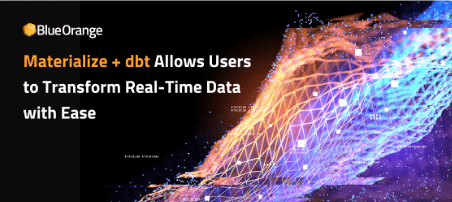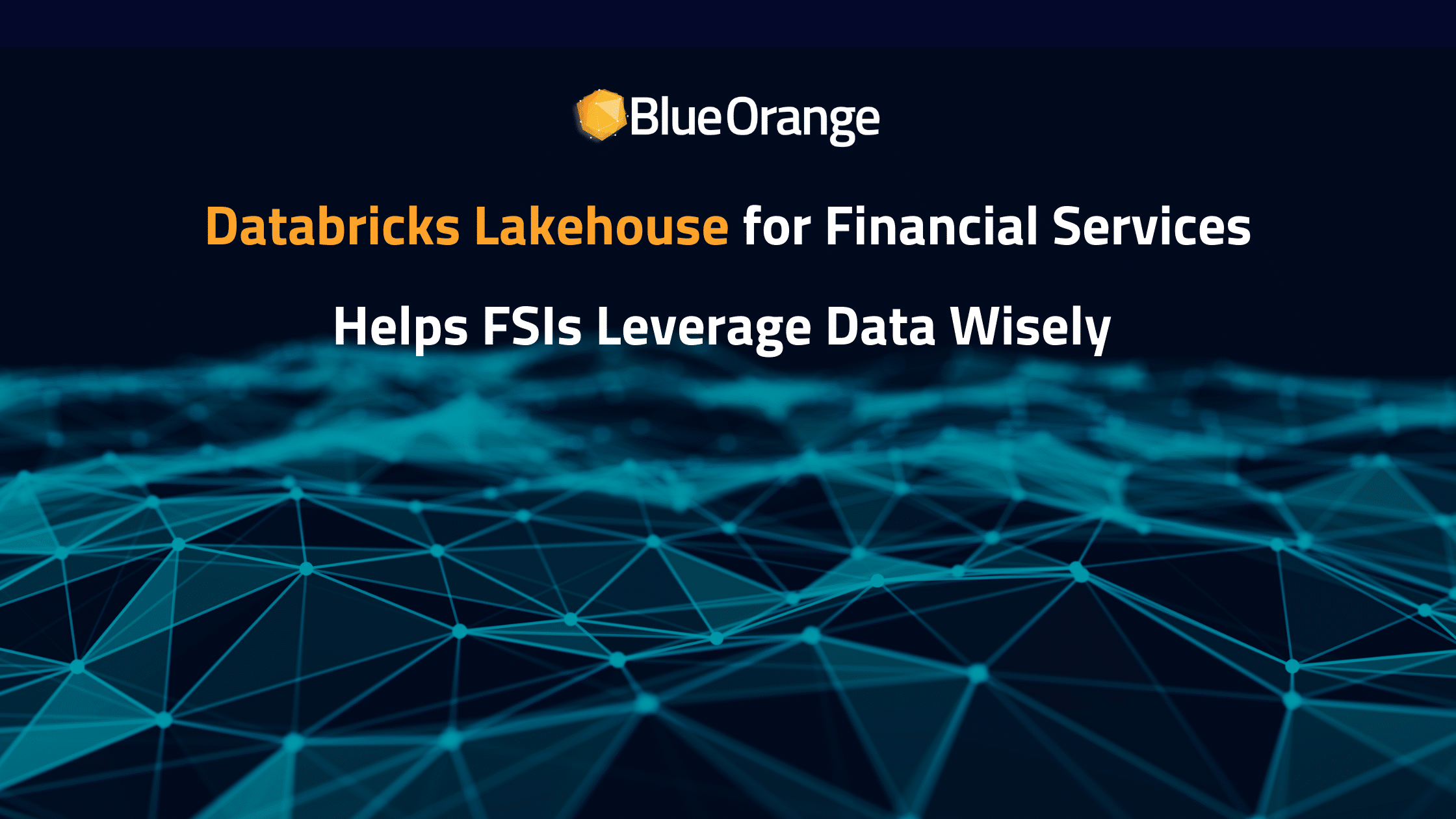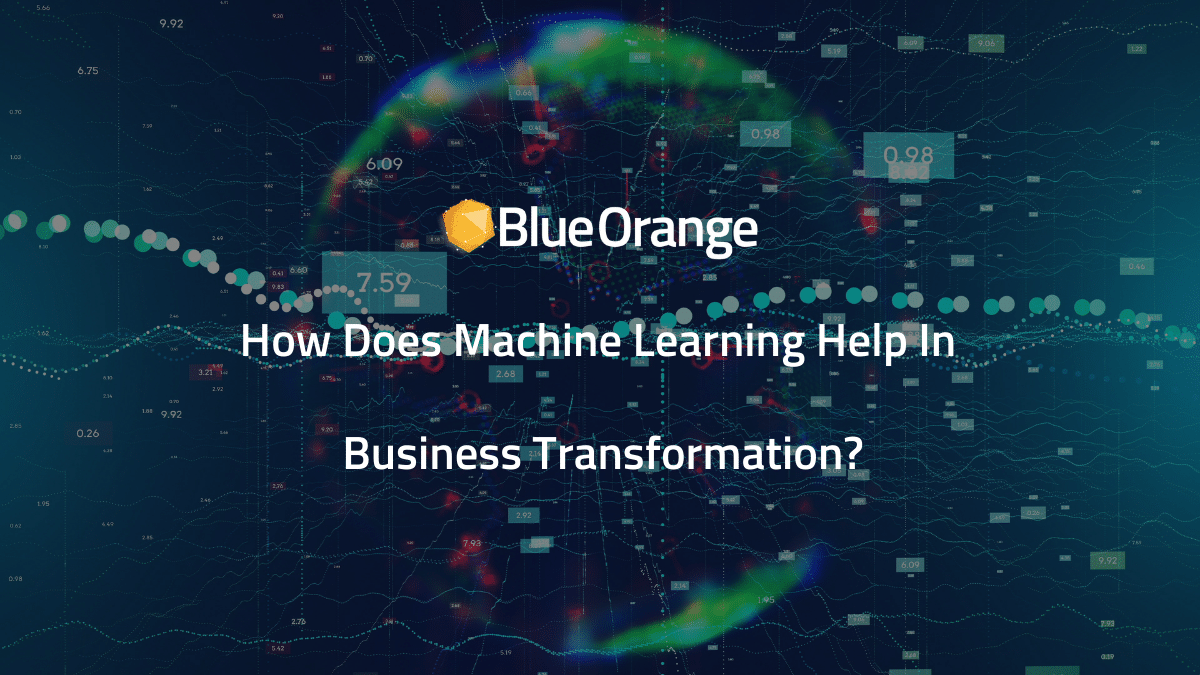Learning to code can be a challenging and intimidating experience, especially for non-technical folks who are new to programming. It often requires a lot of time and effort to master the syntax, concepts, and tools of a programming language, and to apply them to real-world problems and projects. But what if there was a way to overcome the challenge of learning programming and creating software without having to master complex coding languages? This is where block coding comes in, providing a visual and intuitive interface that simplifies the programming process.
The Problem: Complex Coding Languages for Non-Technical Folks
In the early days of programming, coders had to work with complex languages like Assembly, C, and Fortran. These languages required a deep understanding of syntax, algorithms, and hardware specifications. With limited resources and guidance, learning and debugging code was a time-consuming and often frustrating process. As interest in data science grows across various fields, non-STEM students often face difficulties in programming. Visual tools like block coding can help them overcome these challenges and engage more effectively with data science concepts.
What is Block Coding?
Block coding platforms use a visual, drag-and-drop interface where users can assemble pre-built code blocks to create programs. This eliminates the need to memorize syntax and reduces the chances of errors, making coding more intuitive and user-friendly. The roots of block coding can be traced back to the late 1960s with the development of Logo, an educational programming language created by Seymour Papert and his team at MIT. Logo allowed users to control a virtual turtle to create shapes and patterns, making programming more accessible and engaging for children. Today, block coding has become a crucial tool for teaching programming concepts, making coding accessible to millions of people worldwide, regardless of their age or prior programming experience.
Introducing Blockly-DS: A Tool Designed for Non-STEM Students
Blockly-DS is a prototype tool specifically designed to teach data science to non-STEM students. Built on the popular Blockly framework, it uses a visual programming approach that allows students to focus on data science concepts rather than getting bogged down by complex programming syntax. Each block in Blockly-DS represents a data science function, such as data import, cleaning, transformation, analysis, or visualization. By connecting these blocks, students can quickly and easily construct a data science pipeline and see the results in real-time. This hands-on approach helps students develop a deeper understanding of data science concepts without getting overwhelmed by programming.
Instead of limiting ourselves to analyzing past data, we can start inferencing or forecasting future data. Once you understand the concept and have very basic coding skills, it’s very easy to extend that and use it on your day-to-day, analyze your own data, do your own predictions, your own inferences.
Luiz Barboza, Solutions Architect Manager at Blue Orange Digital
Features of Blockly-DS
Blockly-DS offers several features that cater to non-STEM students, such as:
- A user-friendly interface that promotes an easy learning curve
- A library of pre-built blocks covering essential data science functions
- The ability to export code for use in other programming environments
Blockly-DS is currently being tested at two Brazilian institutions: IBMEC, where it is being used by undergraduate students in economics and administration, and Lumturo, a pre-university course. These trials aim to assess the effectiveness of Blockly-DS in teaching data science to non-STEM students. Initial feedback has been positive, with students expressing increased confidence in their data science abilities and a better understanding of key concepts. Educators have also praised Blockly-DS for its ability to engage students and promote active learning.

Future Development
Based on the feedback from these trials, the Blockly-DS team plans to refine and expand the tool’s functionality. Future developments include:
- Adding more advanced data science blocks to cover a wider range of topics
- Integrating machine learning capabilities to introduce students to AI concepts
- Developing resources and tutorials to support educators in implementing Blockly-DS in their curriculum
Blockly-DS has the potential to revolutionize the way non-STEM students learn data science, making it more accessible and enjoyable. The success of block coding platforms like MIT App Inventor and Microsoft MakeCode, which have millions of registered users, demonstrates the effectiveness and popularity of visual programming interfaces.
By leveraging the power of block coding, non-technical individuals can gain a practical understanding of data science concepts without the barriers of complex programming languages. Blockly-DS, with its user-friendly interface and library of pre-built blocks, empowers students to explore data science pipelines and witness real-time results. This hands-on approach not only boosts confidence but also nurtures a deeper comprehension of data analysis, visualization, and manipulation.
The positive feedback from ongoing trials at educational institutions is a testament to the effectiveness of Blockly-DS. Students are embracing the tool as it enables them to actively engage with data science, without being overwhelmed by coding complexities. The tool’s intuitive nature facilitates a smoother learning curve, ensuring that individuals from diverse academic backgrounds can participate and thrive in the data-driven world.
Looking Ahead
By incorporating advanced data science blocks and introducing machine learning capabilities, Blockly-DS will enable students to delve deeper into the realm of artificial intelligence and predictive analysis. Additionally, the development of comprehensive resources and tutorials will support educators in seamlessly integrating Blockly-DS into their curricula, further expanding the reach and impact of this powerful tool.
Block coding, with its visual and intuitive interface, is bridging the gap between programming and data science for non-technical individuals. Blockly-DS, as a pioneering tool, empowers students to harness the power of data, equipping them with the skills needed for success in a data-centric world. With continued development and support, Blockly-DS has the potential to transform data science education, unlocking new opportunities for students from diverse backgrounds and paving the way for innovation and insights in various industries.










